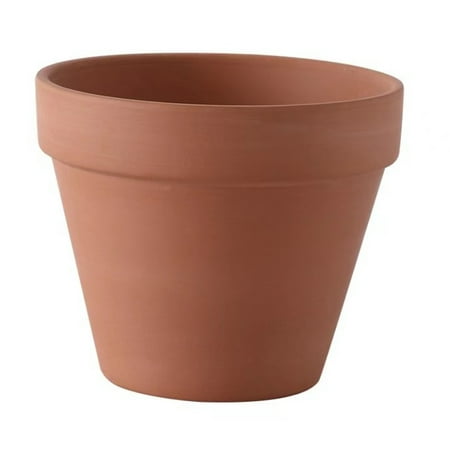How to care for a philodendron – 6 expert tips to bear in mind
It's one of the best plants to house in our bathrooms or kitchens


Philodendrons are a great houseplant to add to your home, particularly if you’re looking for easy to care for plants. But even though it is generally rather low maintenance, there are still a few things that you’ll need to keep in mind to help them thrive indoors and the experts have revealed their top tips with us.
So, whether you’re already pretty green fingered or are more of a beginner, a philodendron could be a great choice. And here’s everything you need to know…
HOW TO CARE FOR A PHILODENDRON, ACCORDING TO THE EXPERTS
1. Choose the correct pot

“While the foliage of your philodendron may seem large, you don’t actually need a big pot for the plant to grow. In fact, the container only needs to be slightly bigger than the plant's root ball, no more than a few inches at most,” reveals Lucy Rhead, gardening enthusiast at Gtech.
“You also want to choose a pot that promotes good drainage, such as a terracotta pot. This ensures that the philodendron doesn’t suffer from getting overwatered, which can increase the risk of root rot. What’s more, a terracotta pot also keeps the soil cool, helping your philodendron thrive indoors,” she continues.

Lucy has worked at Gtech for more than five years during which time she’s developed a passion for cleaning and gardening. Lucy loves learning about new product innovations, and how they can help make everyone’s lives a bit easier.
2. Pick the right soil
“A well-draining potting mix is key,” suggests Steven Bell, managing director at Paving Shopper. “Look for a mix that includes ingredients like peat, perlite, and pine bark, as this blend retains moisture without becoming waterlogged, providing the right balance for your philodendron's roots.”

With years of experience in the industry, Steven is passionate about helping customers find the best solutions for their outdoor spaces, from selecting the right materials to offering practical advice on installation and maintenance.
3. Recreate its ideal conditions
Choosing the right spot in your home for a philodendron is also essential, the experts agree. And even though it can survive in low light, it needs adequate light to thrive. While “direct sunlight may scorch your plant's leaves, a spot that offers indirect bright light, like a north or east-facing window,” Lucy affirms.
In addition to this, philodendrons like a humid and warm environment, which is why they are one of the best bathroom plants with them also faring well in kitchens, as the humidity levels are naturally a bit higher in these rooms. However, if your room is on the drier side, you can always use a humidifier to help out.
Get small space home decor ideas, celeb inspiration, DIY tips and more, straight to your inbox!
4. Tailor your watering schedule depending on the time of year

Even though philodendrons are one of the easiest houseplants to care for, you do have to get the balance right when it comes to watering them. For example, “using the same amount of water all year round will lead to overwatering and could cause damage to your plant,” Lucy warns. “As such, try to water more in the spring/summer when the temperature is higher (and the weather is drier), and then less in the winter when it’s cooler and damper.”
Steven concurs. “Overwatering is a common mistake that can lead to root rot. So, it’s always better to err on the side of underwatering than overwatering with philodendrons.”
5. Fertilize every two weeks or so during the growing season
Ideally, you should be feeding your philodendron a balanced fertilizer every four weeks or so during the growing season, so over spring and summer. This will help the plant to grow taller and bushier and essentially keep it looking its best all year round.
6. Watch out for pests
Like many houseplants, philodendrons can be affected by pests such as spider mites, aphids and mealybugs. Because of this, you’ll want to keep an eye on the undersides of leaves, while also remembering to give them a wipe with a clean cloth every so often to prevent any further issues. We have an entire guide on how to identify and deal with houseplant pests, which has everything you need to know if you do find any pests on your philodendron.

FAQs
Should I trim my philodendron?
Even though “regular pruning helps maintain the shape and size of your philodendron while encouraging bushier growth,” Steven maintains, it’s not technically necessary to prune or trim your philodendron other than for aesthetic reasons.
If you want to cut back any leggy stems or yellowing leaves, use a pair of sharp, clean scissors, pruning shears or secateurs. And Steven recommends “pruning during the spring or early summer when the plant is actively growing.”
What you'll need

Price: $20.99

Price: $29.95

Price: $16.99
